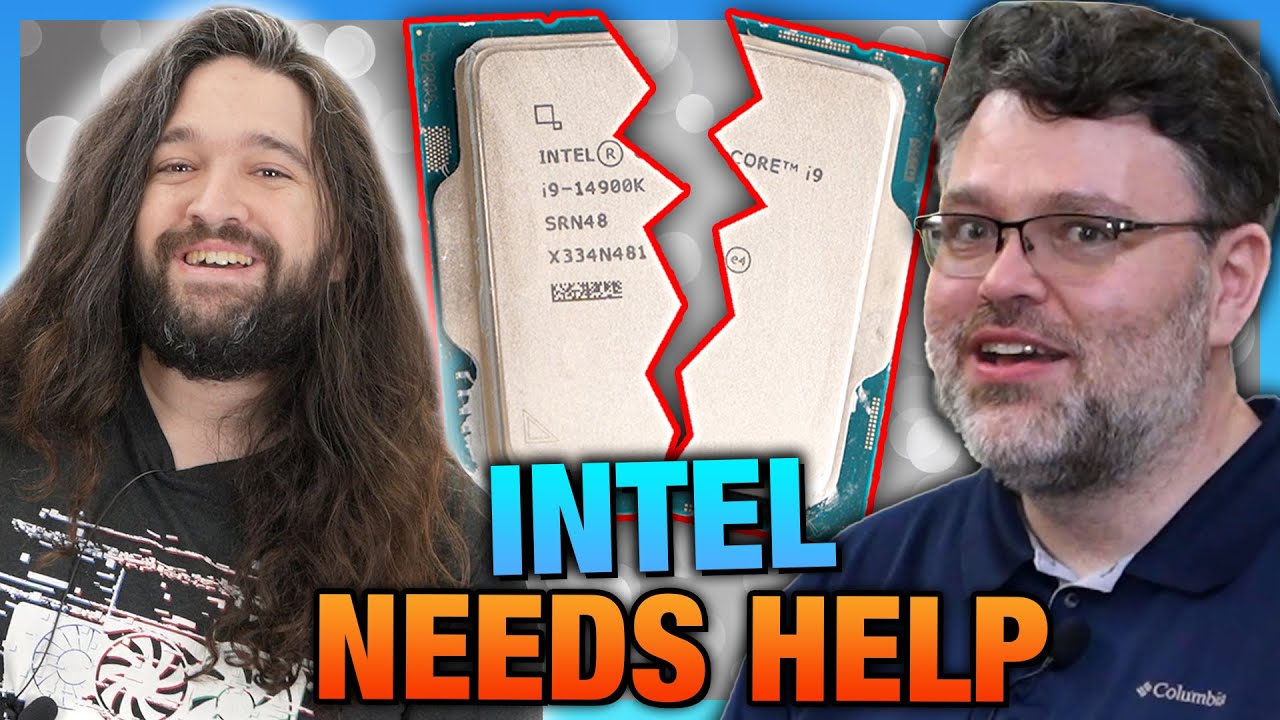- cross-posted to:
- technology@beehaw.org
- cross-posted to:
- technology@beehaw.org
The last generation has been a total mess for both Intel and AMD.
AMD had motherboards frying CPUs, crazy stupid post issues due to DDR5 memory training (and my personal build fails to post like 25% of the time due to this exact same stupid shit), and just generally less than a totally reliable experience compared to previous gens.
Intel has much the same set of problems on their 13/14th gen stuff: dead chips, memory training issues, instability.
Wonder if it’s just a fluke that both x86 vendors are having a shitty generation at the same time, or if something else is at play.
Memory training:
https://www.crucial.com/support/articles-faq-memory/ddr5-memory-trainingleave the system powered to complete this process, which in some instances has been seen to take up to 15 minutes.
Have you tried this?
If you don’t let it finish, the system will continue to POST with unstable values.
During this process the system firmware is configuring itself for the newly installed memory. LEDs on the motherboard or computer may or may not be active during this process. On-screen symptoms of this may be a black screen or the system pausing on a manufacturer splash screen.
If this is happening, just leave the system powered to complete this process, which in some instances has been seen to take up to 15 minutes. If this is successful the system will either begin operating normally after the elapsed time, or may require a reboot but will work normally once this is done.
The UX for this seems to be absolute shit. The system seems to hang, and give no indication of something going on? And in the end, the system may need a reboot to complete the process? It better give some indication when it’s complete then, or else.
The UX for this seems to be absolute shit.
Absolutely, this is decidedly user hostile design.
Because they are pushing their chips even harder. AMD literally pegs them at the maximum temperature these days. It’s basically factory overclocking for both companies. Of course it’s going to run into issues, voltage + temperature fries chips
Factory overclocking is a marketing term. Overclocking means running a processor above its specified speed, but if it intentionally ships that way from the factory it is by definition operating within specification.
Intel problem is that they keep pushing extensions race while AMD proved with their Ryzen series that if you keep your instruction set to a minimum, then your CPUs will be energy efficient, even arm proved this by pushing extensions too far like intel and getting overheating chips
The overhead of additional instructions isn’t the issue, they often translate those instructions into a smaller set of actual operations. It’s not like they have a special circuit for every instruction, a lot of instructions translate to a pipeline of multiple, modular circuits.
The actual silicon will look more like ARM despite having a very large difference in instruction set sizes.
Then why AMD is more efficient then intel and arm nowadays?
That depends on what you mean, but here are a few reasonable explanations:
- Intel’s chips are still on their Intel 7 process (similar to TSMC’s 7nm process), whereas AMD is using TSMC’s 4nm process, so AMD’s CPUs are 2 nodes ahead; smaller process generally means more transistors in the same area, as well as lower power usage per clock
- AMD’s chiplet architecture makes it easier for them to move the CPU bits to a smaller arch, and the IO bits can stay on a cheaper arch (e.g. AMD uses 4nm for the cores, 6nm for the IO die); this increases yields and dramatically reduces costs, so AMD can invest more in architectural improvements
- ARM prioritizes battery life over performance, so performance per watt won’t be great at the high end, but it’ll probably win at the low end; they also don’t make their own chips (just designs), so comparing process nodes is meaningless
- AMD focuses on different aspects of computing than either Intel or ARM, so perhaps they’ve just done a better job optimizing for what you care about
Anyway, that’s my take.
And for AMD’s 3D v-cache chips, there’s an enormous energy benefit, as taking stuff from the (much larger than usual) cache is far more energy efficient than constantly going back and forwards to RAM.
Both intel and AMD are running the same instruction set though are they not? (Cross licensing x86/x64)
Look up gcc x86 options https://gcc.gnu.org/onlinedocs/gcc/x86-Options.html , intel have twice as big instruction set, and with expansion of instructions of arm, risc architecture ain’t saving it from overheating now because of aforementioned, now bloated instruction set





